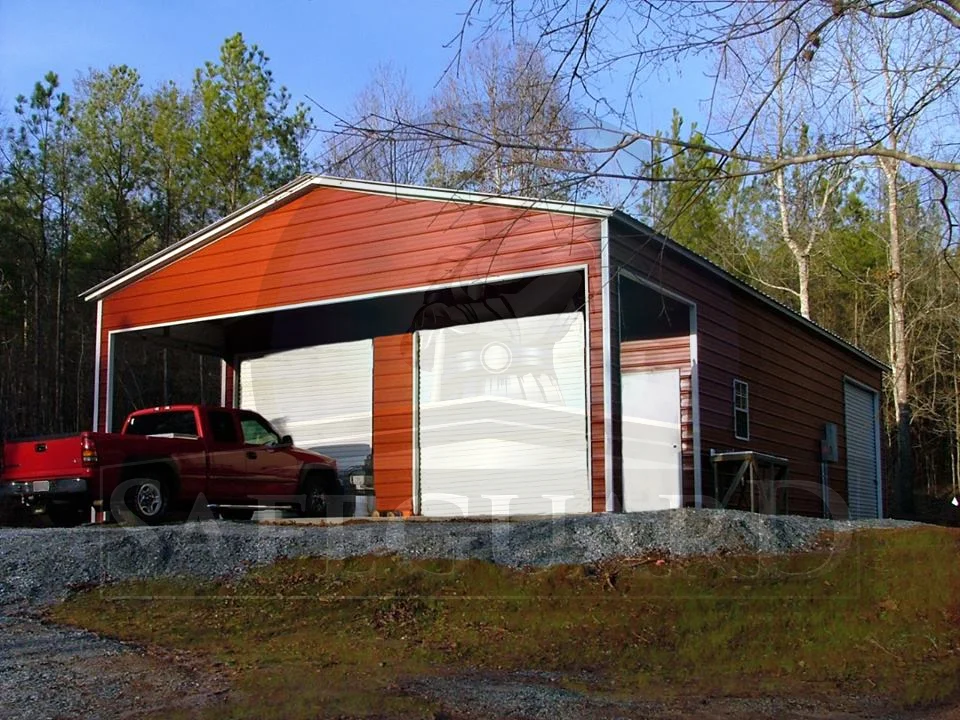🐰 Easter Sale up to 25% off | Free Colored Screws on Buildings Over $10k 🐰 Shop Now →


In the world of construction, metal buildings have grown tremendously in popularity due to their durability, versatility, and efficiency. However, the cost of these structures are not set in stone; rather, it is subject to a multitude of factors. Understanding the elements that influence the prices of metal buildings is important to not only businesses participating in selling them, but more importantly, consumers interested in purchasing their own. From raw materials to design intricacies, geographic location to economic fluctuations, a comprehension of these factors provide invaluable knowledge and insights into the things that shape the pricing of metal structures. In this article, we will explore some of the core influencers that contribute to the ebb and flow of metal building costs.
The size of your metal structure plays an important role in determining the price of your product. The larger the metal building, the more steel that is required for building, the more steel needed, the higher the price of your building will be.
The design of your metal building is also responsible for determining the price. Complex designs on the building will generally lead to higher costs than stock buildings that are offered. These complex structures require more effort as well as time for the manufacturers and the process driving prices up. When looking to purchase your new metal building, affordability and functionality should both be considered.
The material that you choose to go with for your metal building also affects prices. The common options that individuals go with include steel, aluminum, and copper, each with varying costs based on availability, strength, and other characteristics.
The condition of the construction site and the level of preparation needed can impact the costs. Clearing, leveling, and addressing any soil or foundation problems can add to the overall expenses.
The geographic location of where the construction is taking a place also plays a role in pricing. Factors such as labor costs, transportation expenses for things like materials, and regulatory requirements all can vary depending on the location of your metal structure.
Accessibility to the property where the building will be located is also important. The ease of transportation along with the availability of necessary equipment can influence the cost. Sites that are harder to reach or prevent builders from being able to work accordingly may increase the price of your project.
The choice of foundation can influence costs. A simple concrete pad will not be as expensive as a more complex deep foundation. However, the deeper and stronger the foundation, the better off you will be in the long run.
Weather can affect cost in a more indirect way, but nonetheless, it plays a role in determining the price of your project. Weather can impact construction timelines. Delays caused by adverse weather conditions can result in extended labor costs and project durations.
Economic factors have always played a huge role in the prices of everything. This stands true for metal buildings today and the foreseeable future. Market fluctuations, supply and demand dynamics for things like construction materials, and changes in currency value can affect material costs and subsequently impact overall pricing.
In conclusion, there are many factors that influence the pricing of metal buildings. Each element plays a crucial role in determining the final cost. Recognizing these factors empowers those that desire to purchase a metal building to make informed decisions, ensuring that budgets align with expectations and projects are set on a path towards success.


